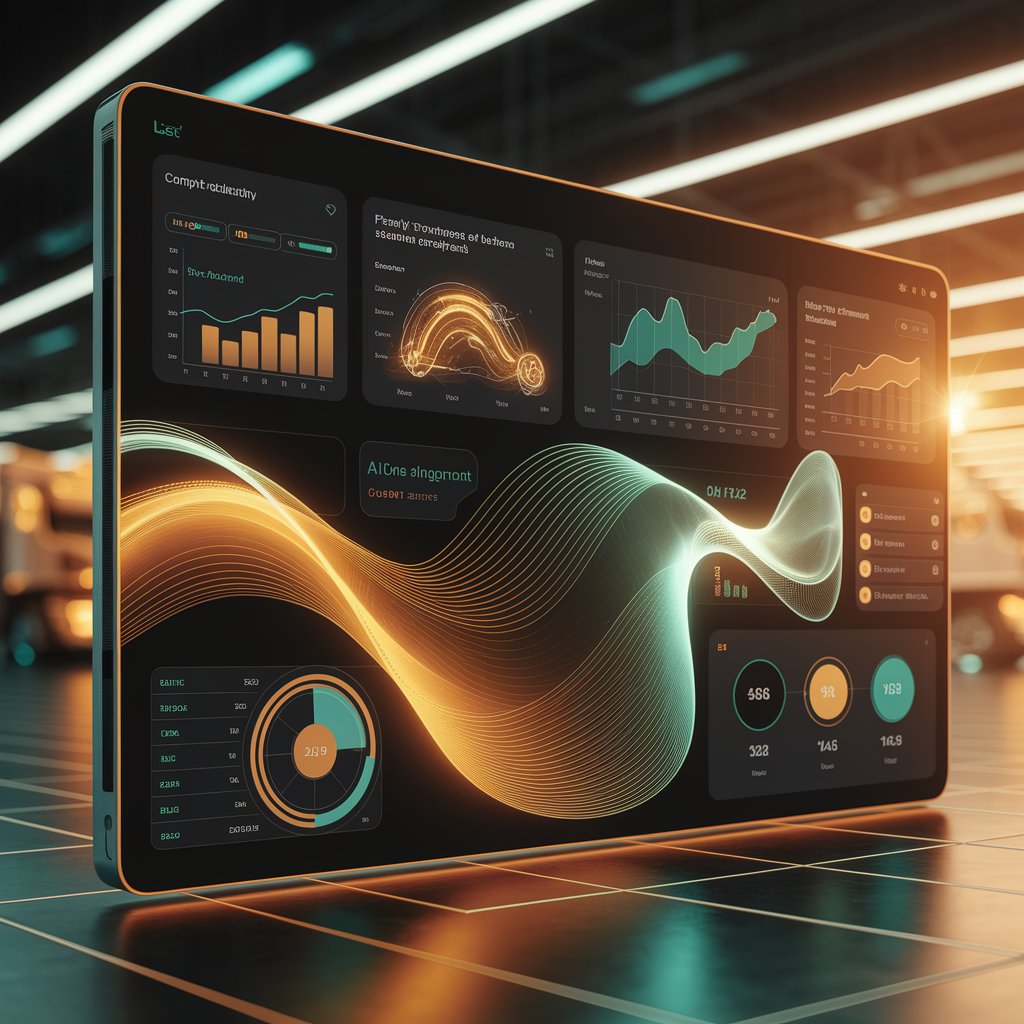AI Transport Intelligence: Redefining Smart Decision-Making in Logistics

Introduction
Linbis brings meaning to that data through AI transport intelligence, a next-generation platform that uses artificial intelligence to analyze transport patterns, optimize routes, and predict performance outcomes before they happen.
It’s not just visibility — it’s transport intelligence in action.
Step 1: Unified Transport Data Ecosystem
Linbis begins by connecting every transport data source across your logistics network:
- Fleet telematics and GPS sensors.
- Carrier performance metrics.
- TMS and ERP data on shipments and costs.
- External signals: weather, congestion, fuel prices, and border delays.
This creates a unified ecosystem where AI can understand how your transport network behaves in real time.
Step 2: AI-Driven Analytics Engine
Once connected, Linbis uses AI to process and correlate all transport data dynamically:
- Detects inefficient routes or underutilized assets.
- Identifies patterns of delays or high-cost lanes.
- Predicts maintenance needs before breakdowns occur.
- Forecasts shipment demand and fleet capacity.
The system transforms raw data into actionable transport intelligence — helping teams make faster, smarter decisions.
Step 3: Predictive Transport Planning
AI transport intelligence goes beyond analytics to forecast operational performance:
- Predicts transit times and congestion for specific routes.
- Anticipates capacity shortfalls before they impact delivery.
- Recommends optimized dispatch schedules for carriers.
- Simulates “what-if” route scenarios to test cost outcomes.
This predictive approach helps logistics teams plan with confidence — even in complex, multi-modal networks.

Step 4: Workflow Automation Integration
Linbis connects its intelligence layer directly to operational workflows:
- When AI detects inefficiencies, it auto-adjusts route assignments.
- When forecasted demand rises, it triggers carrier booking workflows.
- When cost anomalies appear, it alerts finance and adjusts KPIs.
- When ETA deviations occur, it auto-notifies clients and updates dashboards.
With automation built in, transport intelligence becomes self-executing.
Step 5: Real-Time Dashboards and Decision Support
Linbis provides live dashboards powered by AI insights:
- Performance heatmaps across carriers and routes.
- Cost-per-shipment tracking and margin visualization.
- Predictive alerts for delays and maintenance events.
- Sustainability metrics (fuel, CO₂, efficiency per mile).
Decision-makers see everything in one view — no manual reports, no guessing.
Step 6: Continuous Learning and Optimization
The more data Linbis processes, the smarter it becomes:
- Learns from each completed route to refine accuracy.
- Adapts to seasonal changes and regional trends.
- Integrates new data sources automatically.
- Continuously updates KPIs for ongoing optimization.
This creates a living transport intelligence system — constantly evolving with your logistics operations.

Advanced Features
- AI-based predictive transport planning.
- Dynamic cost and route optimization.
- Automated workflow triggers.
- Multi-source data integration.
- Real-time dashboards and decision support.
Real-World Example 🚛
A freight operator in Mexico implemented Linbis AI transport intelligence to manage a fleet of 250 trucks across three countries.
After 3 months:
- Route efficiency improved by 29%.
- Fuel consumption decreased by 18%.
- Predictive maintenance reduced downtime by 42%.
Now, their entire transport network operates on data-driven intelligence — not manual oversight.

Benefits 📈
- Visibility: Get full insight into your transport performance.
- Predictability: Anticipate issues before they disrupt deliveries.
- Efficiency: Optimize routes and fleet utilization automatically.
- Sustainability: Reduce emissions and waste through smart planning.
- Control: Manage complex networks with real-time intelligence.
Conclusion
With AI transport intelligence, Linbis transforms logistics operations from reactive to predictive.
By merging real-time data, automation, and machine learning, companies gain total visibility and control — not just over movement, but over every decision behind it.
In the new era of logistics, the smartest fleets aren’t the fastest — they’re the ones that think ahead.
